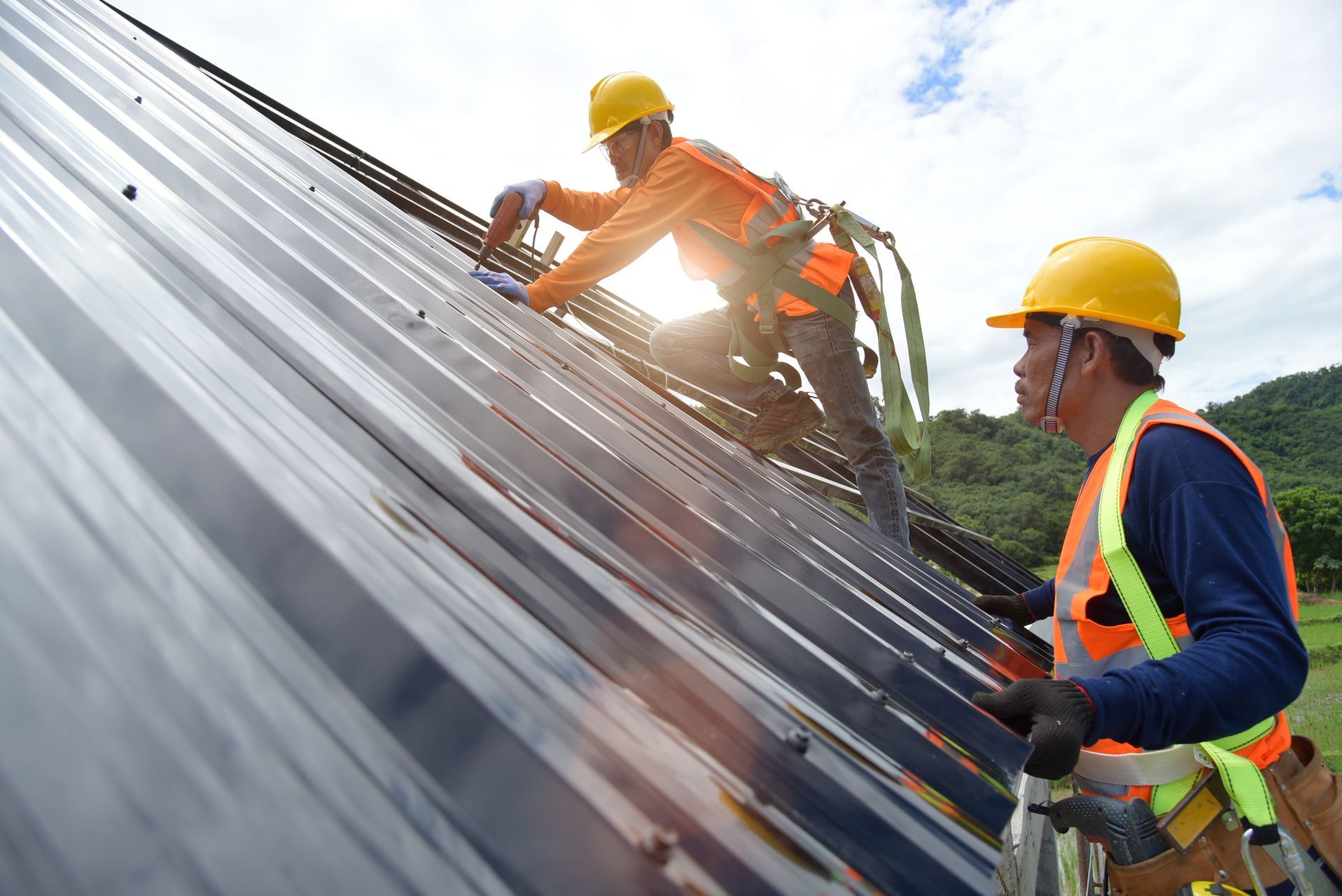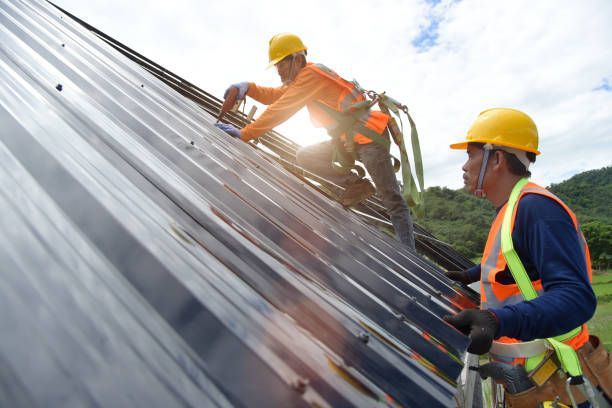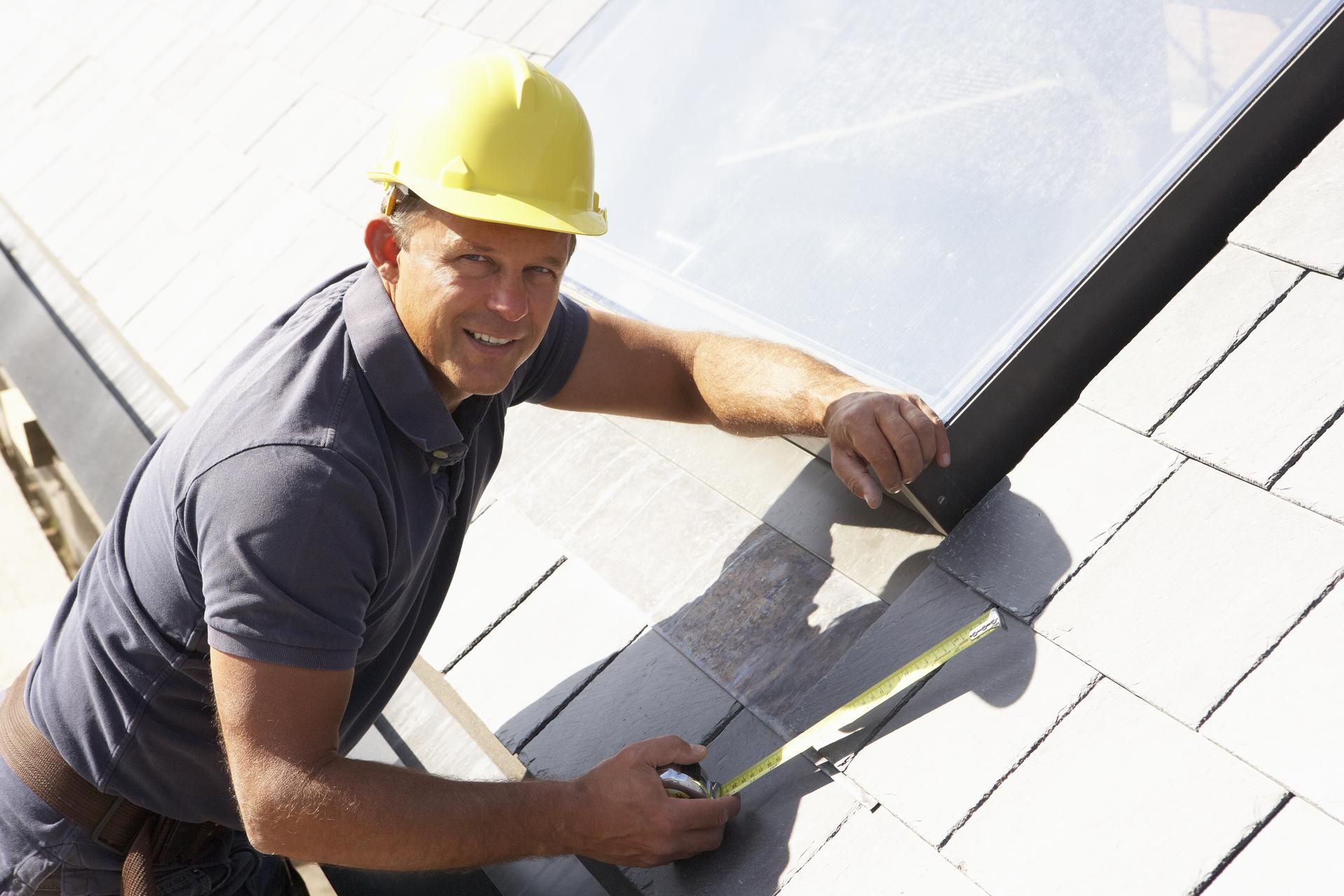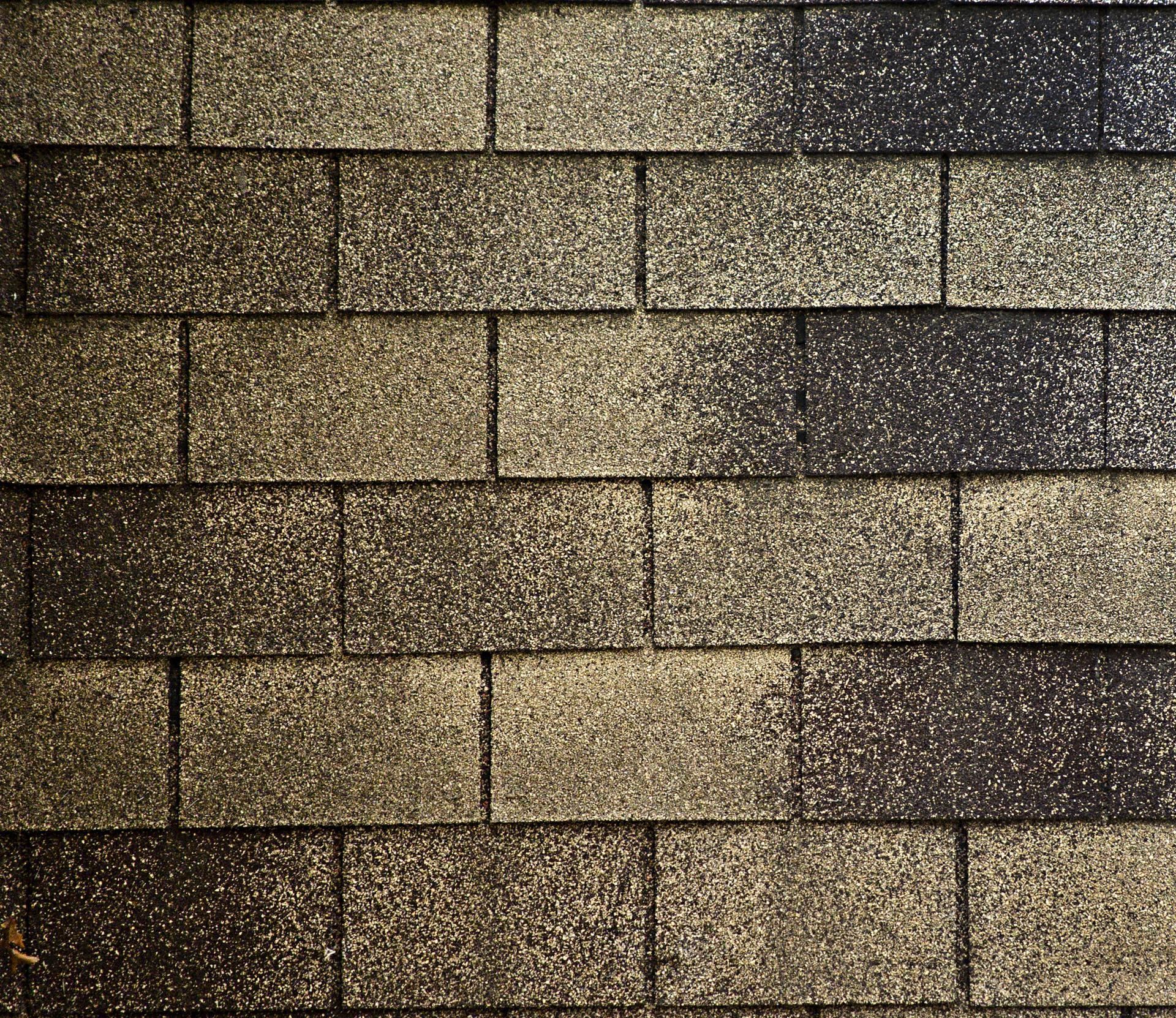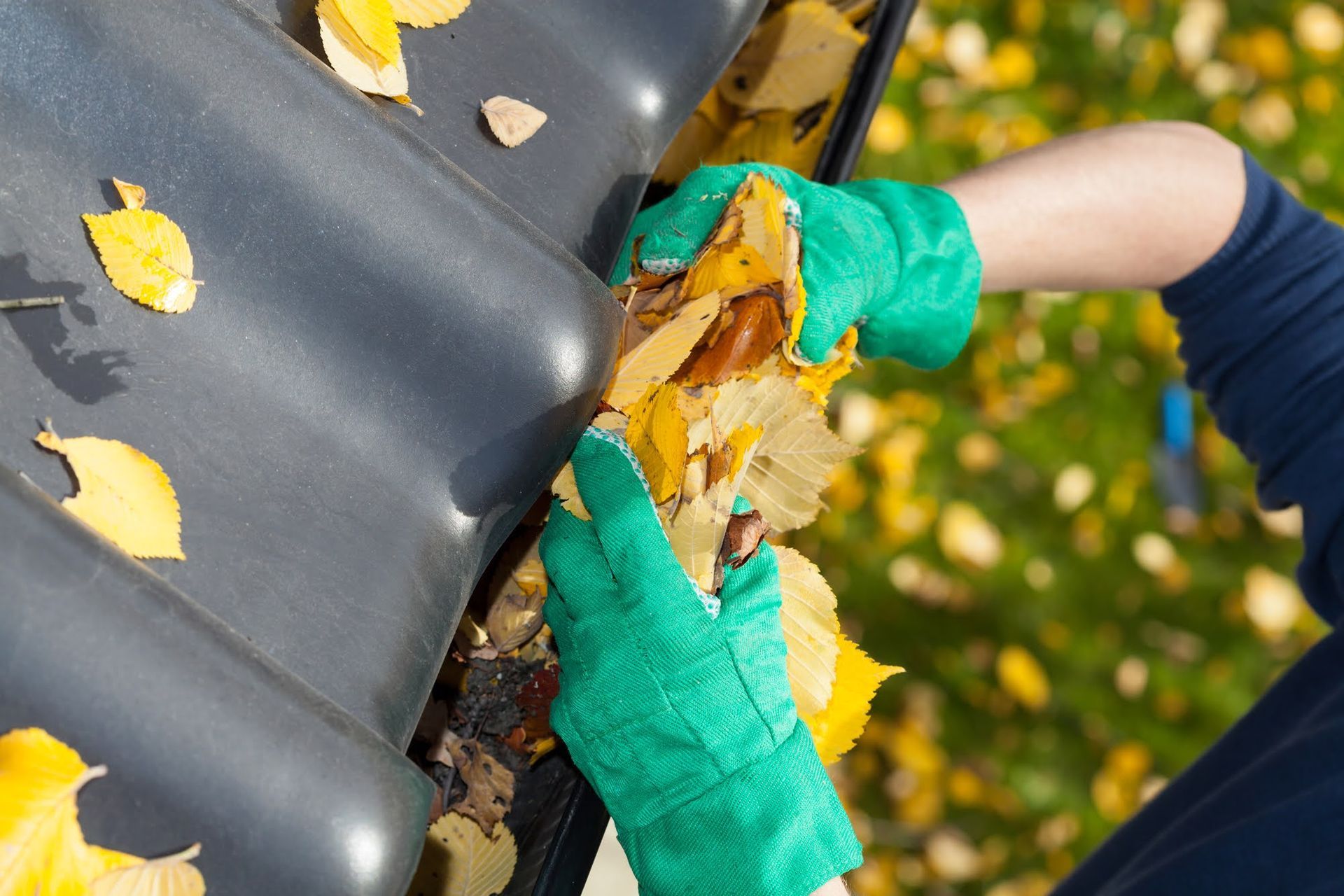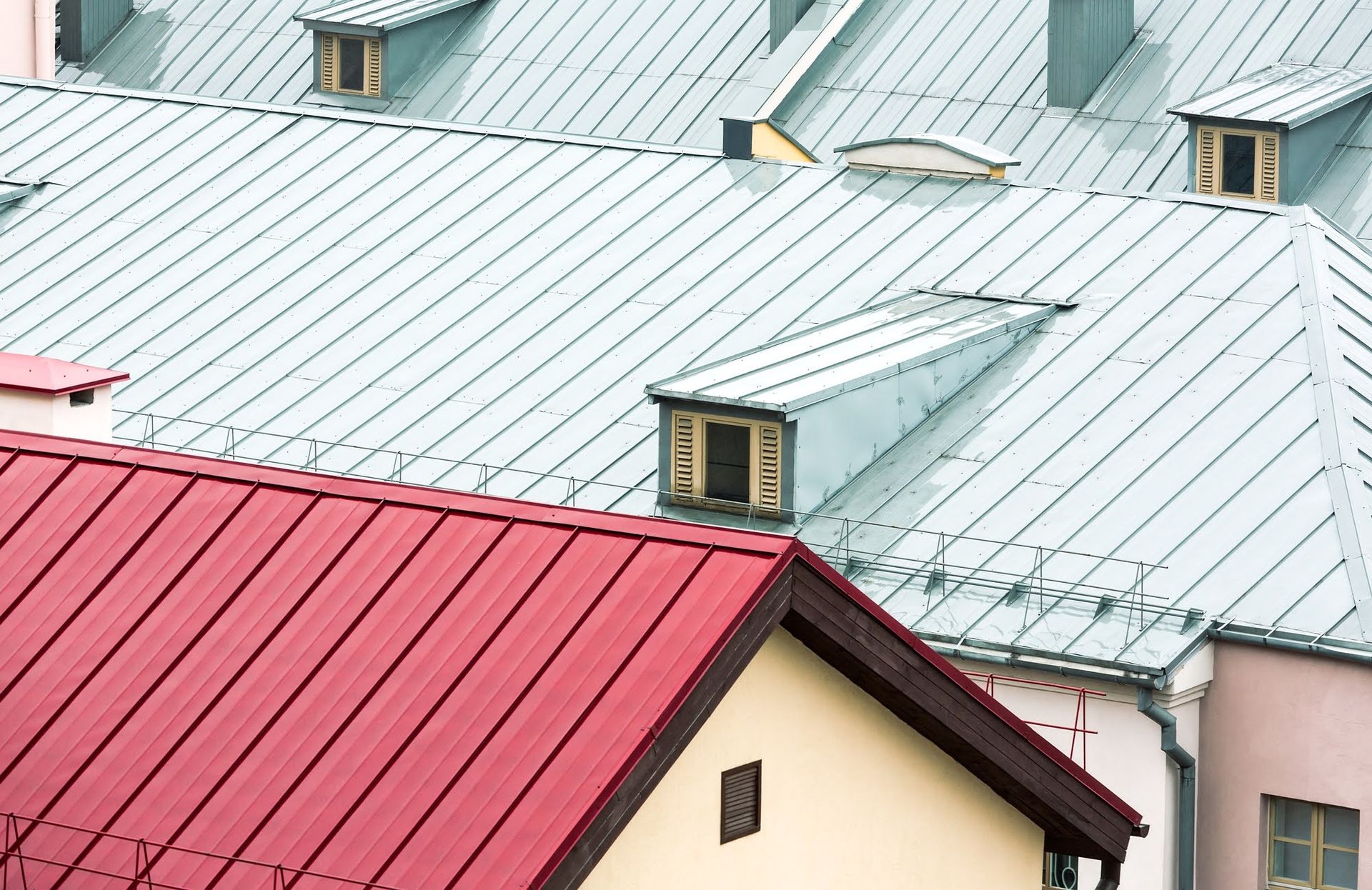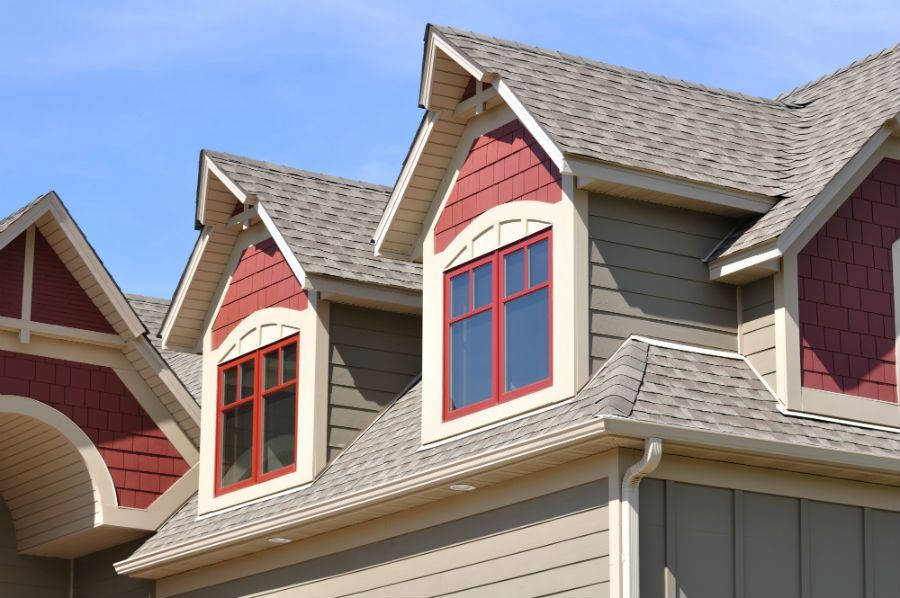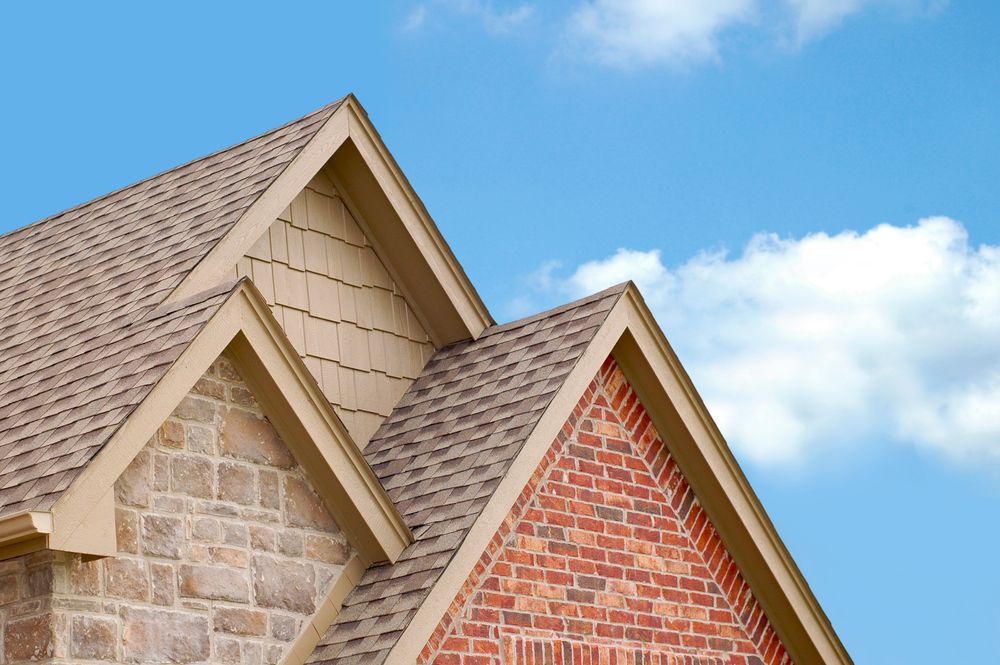18 Years Experience
Locally Owned and Operated
Roofing & Insurance Claim Specialist
CALL US! 678-880-6839
How Weather Affects Your Roof
A functional roof helps protect your home from harsh weather and enhances curb appeal. Because your roof is so exposed to the elements, different types of weather patterns will have an effect on the roof. Here is how various weathers affect your roof.
Strong Winds
Strong winds can cause extensive damage to new or recently repaired roofs, while even slow winds can damage old and worn-out roofs. Shingles become loose and can fall off the roof.
The wind can also blow beneath the shingles and cause them to curl. Curled shingles are less effective at preventing leaks. Strong winds can dent, detach, or blow off gutters, particularly if the wind carries debris to the roof. Damage can also occur when the winds cause trees or branches to fall on the roof.
Sunlight
Sunlight contains UV rays that can damage your roof. UV radiation can expose asphalt shingles to intensive heat, causing shingles to wear out or warp. Direct sunlight can also lead to corrosion, reducing the roof's lifespan.
The effect of sunlight is particularly more prominent on roofs with metal and plastic materials. These materials crack or warp more quickly than asphalt shingles in intense heat. An example is when flashings crack due to extensive exposure to sunlight in the summer.
Continued exposure to direct sunlight can cause the roof color to fade. The result will be an unattractive roof and a drop in the value of your home.
Heavy Rainfall
The force of falling water can dislodge shingles and damage other roof elements. At the same time, moisture will accumulate on the roof and infiltrate into the underlayment. The presence of moisture encourages mold and mildew to grow on your roof. Moisture also causes some roofing materials to rot and interfere with the house's structural integrity.
The effect of rainfall is particularly greater on sloping roofs. Sloping roofs connect at various parts where water can pool. Improper roof installation can also create flat areas that encourage water accumulation. The same problem can occur when gutters become clogged and prevent water flow from the roof.
Old roofs may have missing nails that leave holes behind. Water from gutters may collect in these holes whenever it rains and cause severe damage.
Snow and Ice
Ice and snow can accumulate on a roof in winter, particularly at the roof's lowest point. The snow builds up as the temperature keeps falling and creates massive ice blocks. The ice blocks exert excessive weight and stress on the roof, causing the roof to cave in.
If you don't get rid of those ice blocks, the ice will melt and start to flow down the roof. But instead of falling off the roof, the melted ice will freeze just at the edge of your roof to form ice dams. The ice dams will exert weight on components at the roof's edge, particularly the flashings and gutters. Large ice dams can cause the flashing to become loose and fall off the roof.
Shingles may buckle under the heavy weight of ice blocks and crack. As soon as a crack appears, water and ice will occupy the crack space. This step expands the size of the crack while allowing water to seep into the home. Large cracks shift shingles while affecting the structural integrity of the home.
Lightning Strikes
Lightning strikes are rare but can cause severe damage to your roof. Your roof can catch fire depending on the roofing material. In other cases, lightning can burn a hole in your roof, which can cause water leakage and other problems.
Most roofs use certain materials to prevent weather damage. But if the damage occurs, Four Seasons Roofing & Repair Inc. is here to help you. Our team will inspect your home to identify and fix the problem quickly. Contact us to get started.
CONTACT INFORMATION
Phone: 678-880-6839
Fax: 770-213-4257
Email: fsrrinc@gmail.com
Address: 825 Valley Drive, Canton, GA 30114
Fully Insured
BROWSE OUR WEBSITE
CONTACT INFORMATION
Phone: 678-880-6839
Fax: 770-213-4257
Email: fsrrinc@gmail.com
Address: 825 Valley Drive, Canton, GA 30114
Fully Insured



